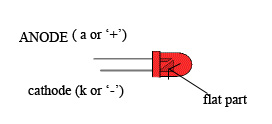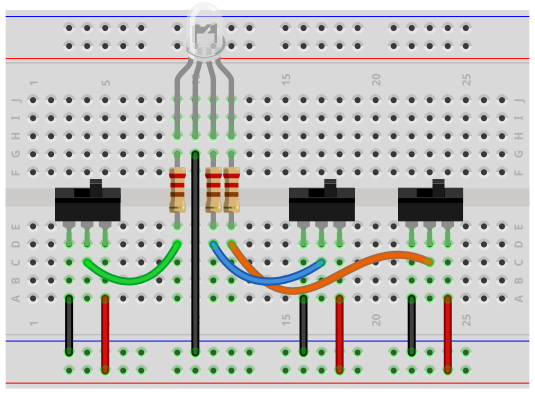

This adds control complications, of course.

If you need a run of LEDs that’s longer than the maximum for your strip type allows, you’ll need to wire an additional power supply in the line. Even if you’re using a 5V microcontroller like the Arduino Uno, you’ll need a separate power source and a transistor to control each channel, because the current of each channel will be greater than the microcontroller’s GPIO pins can supply.Īll LED strips have a maximum length you can use before there’s a voltage drop significant enough to stop them from functioning. Voltage - The most common voltages are +5V, +12V, and +24V. If you think of each channel as a single LED, the channel’s endpoint is the cathode for that LED. Most LED strips are common anode strips, meaning that there’s one shared line for voltage input, and separate lines for control of each channel.

There are a number of characteristics to consider when shopping for LED strips:Ĭhannels - how many color channels does the strip have? Most strips feature some combination of red, green, blue, white, cool white, warm white, or amber LEDs. LED strips are type of low-voltage DC LED source, so you might want to read the page on those sources for a general background Electrical and Physical Characteristics These notes don’t cover addressable LED strips, as those strips require a different approach to control. There are many other good guides to LED strips out there, like Superbrightleds’ Ultimate LED Strip Lighting Guide. What follows is a guide to some of the more common types of LED strips, and circuits for controlling the non-addressable types from a microcontroller. In those cases, it’s easy to be confused about what you’ve got. LED strips are easy to come by these days, and often you get them without documentation, or you lose the label. Each state lasts for 1s each time, and the LED flashes colors repeatedly in such sequence.This project is maintained by tigoe Controlling LED Strips Now, you can see the RGB LED flash red, green, blue, yellow, white and purple light, and then go out. Step 3 : Compile the program and upload to Arduino UNO board Void color (unsigned char red, unsigned char green, unsigned char blue)// the color generating functionĪnalogWrite(redPin, 255-red) // PWM signal outputĪnalogWrite(greenPin, 255-green) // PWM signal outputĪnalogWrite(bluePin, 255-blue) // PWM signal output PinMode(greenPin, OUTPUT) // sets the greenPin to be an output PinMode(redPin, OUTPUT) // sets the redPin to be an output Int bluePin = 9 // B petal on RGB LED module connected to digital pin 10 Int greenPin = 10 // G petal on RGB LED module connected to digital pin 9 _09_rgbLed.ino // R petal on RGB LED module connected to digital pin 11 In this way, we can control the color of an RGB LED by 3-channel PWM signal s. The pin is connected to the +5V pin of the Arduino, and the rest pins are connected to pin D9, D10, and D11 of the Arduino with a current limiting resistor between. The longest pin is the common anode of the three LEDs. What we use in this experiment is a common anode RGB LED. Tri-color LEDs with red, green, and blue emitters, in general using a four-wire connection with one common lead (anode or cathode). These three colored LEDs are capable of producing any color. RGB LEDs consist of three LEDs : red, green and blue. In this lesson, we will program the Arduino for RGB LED control, and make RGB LED emits various colors
#Controlling common cathode led with arduino ps2#

Lesson 34 Control the Size of a Circle by Potentiometer.Lesson 33 Control a Stepper Motor by IR Remote Controller.Lesson 32 Control an RGB LED by IR Remote Controller.Lesson 31 Control a Relay by IR Remote Controller.Lesson 30 Intrusion Detection based on the PIR.Lesson 28 Automatically Tracking Light Source.Lesson 18 Temperature & Humidity Sensor DHT-11.Lesson 16 Measure Temperature by a Thermistor.


 0 kommentar(er)
0 kommentar(er)
